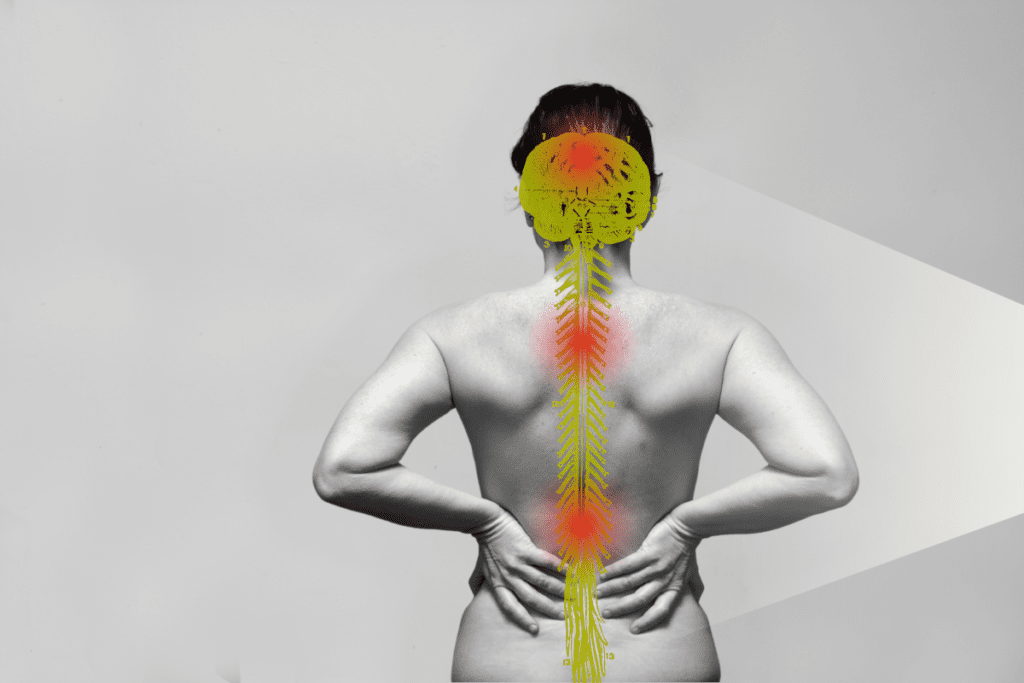The IBEC is poised to take charge of coordinating the PHOTOTHERAPORT project, an initiative due to receive financial support from the European Innovation Council's Pathfinder Open program. The primary objective of the project is the advancement of luminescent implants and light-activated drugs for groundbreaking neuromodulation therapies.

Image Credit: Institute for Bioengineering of Catalonia.
Over a span of three years, PHOTOTHERAPORT, backed by €3 million in funding from the European Innovation Council’s Pathfinder Open program, will engage an international consortium of eight institutions in the preclinical study of these implants.
Pau Gorostiza, an ICREA Research Professor leading the Nanoprobes and Nanoswitches group at the Institute for Bioengineering of Catalonia (IBEC) and CIBER-BBN, will spearhead the coordination of the PHOTOTHERAPORT project.
This initiative, supported by the prestigious Pathfinder Open program of the European Innovation Council (EIC), encourages the pursuit of innovative ideas for radically new technologies.
The EIC embraces interdisciplinary, cutting-edge, and high-risk/high-reward scientific collaborations that form the bedrock of technological breakthroughs.
The core focus of PHOTOTHERAPORT is on developing luminescent implants functioning as ports for light therapies, akin to those employed in chemotherapy for drug delivery.
Coordinated by IBEC, a consortium of eight institutions spanning four countries will carry out the project, benefitting from total funding of €3 million over the next three years.
Light-based therapies are gaining significance in medicine for their ability to target specific regions of the body.
Despite their demonstrated therapeutic potential, these therapies encounter a common challenge: the attenuation of visible light through soft tissues and bones before it can reach the intended site. This attenuation increases with the depth of the target tissues and organs.
The PhotoTheraPort platform offers a solution to this challenge. These implants are designed to emit light when illuminated with an external light source. They incorporate upconversion nanoparticles that, when exposed to infrared light, emit higher-energy photons (visible or ultraviolet light).
This allows the emission of light by the nanoparticles to be controlled remotely and non-invasively by externally applying infrared light, which penetrates through the tissue and bone. The shape and emission color of PhotoTheraPorts can be adjusted for various therapeutic purposes.
The research consortium will initially use this platform to directly photoinduce analgesia, an effect known as photobiomodulation, and compare it with clinically used lamps. The goal is to treat inflammatory pain more effectively in concealed regions of the spine.
The PhotoTheraPorts will subsequently be applied to photopharmacological neuromodulation therapies. For this purpose, photoswitchable drugs designed to synergize with the light emitter platform will be developed.
These drugs activate only when exposed to a specific color of light. This second technology will undergo testing to mitigate neuropathic pain by illuminating specific spine regions.
Additionally, an effort will be made to inhibit the neuronal hyperactivity characteristic of focal epilepsy, which affects a limited region of the brain and is untreatable in 30% of epileptic patients.
Our goal is to demonstrate, within 5 years, the safety and non-toxicity of the platform and to bring this new photobiomodulation therapy closer to clinical use. Photopharmacological development timelines are unpredictable but are expected to be longer. If we achieve positive preclinical results for neuromodulation, it would be the first molecule of its kind to meet regulatory requirements.
Pau Gorostiza, ICREA Research Professor and Principal Investigator, Nanoprobes and Nanoswitches Group, Institute for Bioengineering of Catalonia
Following the validation of PhotoTheraPorts' effectiveness in addressing these pathologies, the platform holds promise for broader applications in conditions necessitating treatments with localized action. This includes, but is not limited to, arthritis, autoimmune diseases, infections, or transplants.
The innovative platform’s simplicity and versatility are designed to improve pain management and enhance patients’ quality of life and offer the healthcare system opportunities to optimize medical costs and extend its benefits.